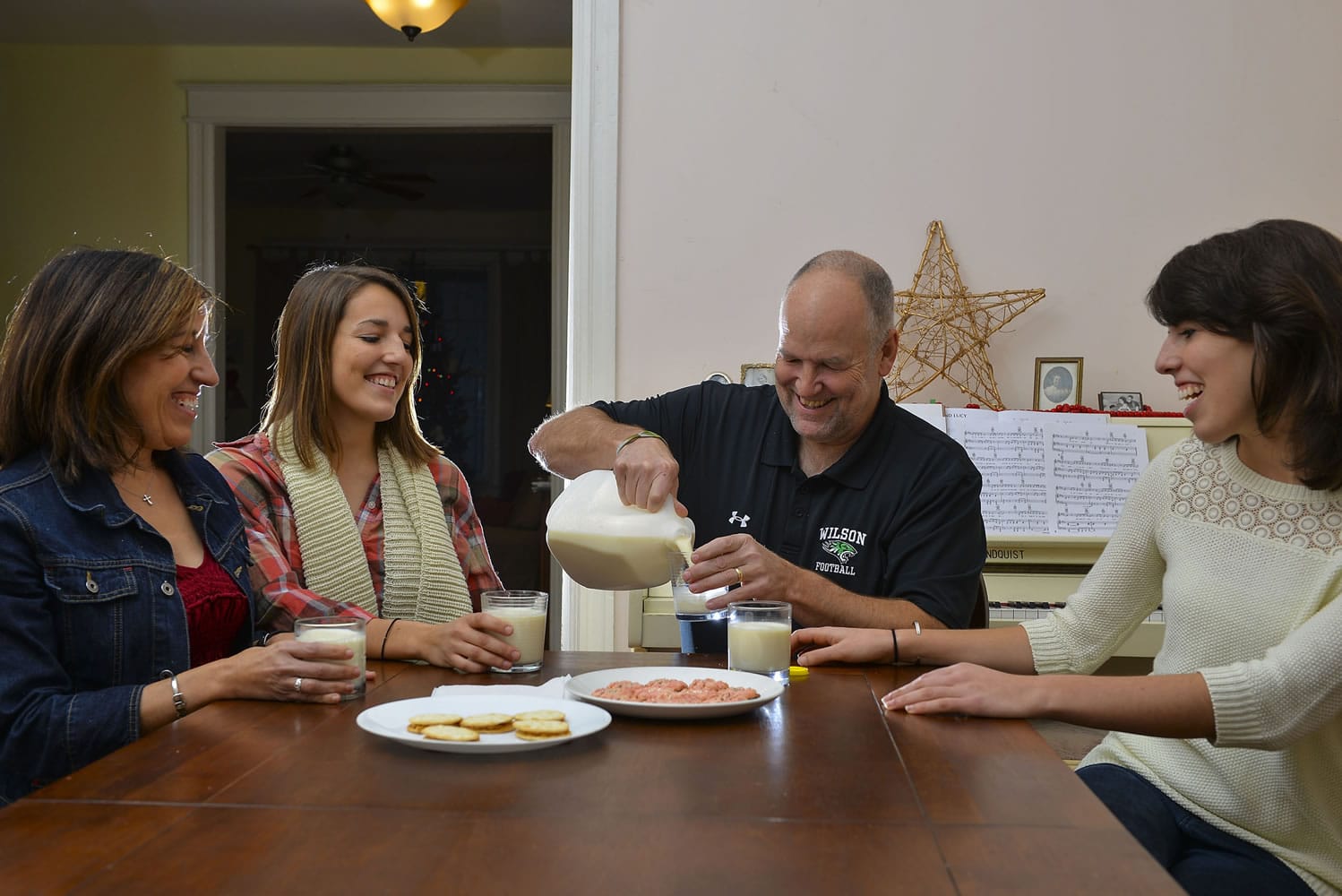It's difficult to find any middle ground between what the U.S. Food and Drug Administration says about raw milk (that it's "an inherently dangerous food") and what proponents like Sally Fallon Morell have to say ("The mantra they keep giving us is garbage").
Pasteurization, which heats the milk to kill bacteria such as salmonella, listeria and E. coli that could be present, has been the law for milk that crosses state lines since 1987. But raw-milk advocates say the heating process also kills healthful bacteria and nutrients, unnecessarily altering a naturally delicious product.
Today, 20 states also prohibit intrastate raw milk sales in some form while 30 allow them, according to the FDA.
The Weston A. Price Foundation regularly cites new studies, often from Canada or Europe, that indicate raw milk is safe and beneficial. And the foundation's president, Fallon Morell, is known for touting raw milk as a cornerstone of the whole-foods diet she evangelizes.
"It's so obvious," she said. "Breast milk is raw milk, and nobody is telling mothers they have to pasteurize their breast milk."
John Sheehan, director of the FDA's Division of Plant and Dairy Food Safety, said the agency frequently reviews the latest science to determine whether any of its policies should be changed. "We really haven't seen anything published since 1987 that would cause us to change our opinion on the inherent dangers attached to raw-milk consumption," Sheehan said.
The FDA isn't alone in its warnings about the health risks. The American Academy of Pediatrics last month advocated for a nationwide ban on raw milk, citing dangers posed to pregnant women and children.
The FDA says that non-pasteurized dairy products are 150 times as likely to cause illness as their pasteurized counterparts, quoting a study of 121 dairy-related outbreaks from 1993 to 2006 conducted by the Centers for Disease Control.
The Price Foundation disputes the study's accuracy and counters with a study released and reviewed in June by the CDC's counterpart in British Columbia that identifies raw milk as a "low-risk" food and suggests that public health bodies update their policies.
The two groups also disagree on how many people drink raw milk.
The FDA says that fewer than 1 percent of Americans partake, while the Price Foundation cites a 2007 CDC survey that found that 3 percent of participants from several states had consumed raw milk in the previous week.
Fallon Morell said her group will continue to push for legislation to legalize raw-milk sales in more states, including Maryland, where she lives.
David Herbst, owner of Misty Meadows Farm Creamery near Smithsburg, Md., said he's concerned that access to more raw milk in his state could damage the dairy industry's image if it led to more illness. His farm pasteurizes its milk products but skips homogenization to leave a cream line in the milk.
"Milk has a very good public image as far as being safe," said Herbst, who's also president of the Washington County Farm Bureau. "We're just afraid, if 1/8raw milk3/8 were legalized, that there would be a lot of it sold, and there would be a lot more people getting sick."
-- The Washington Post




